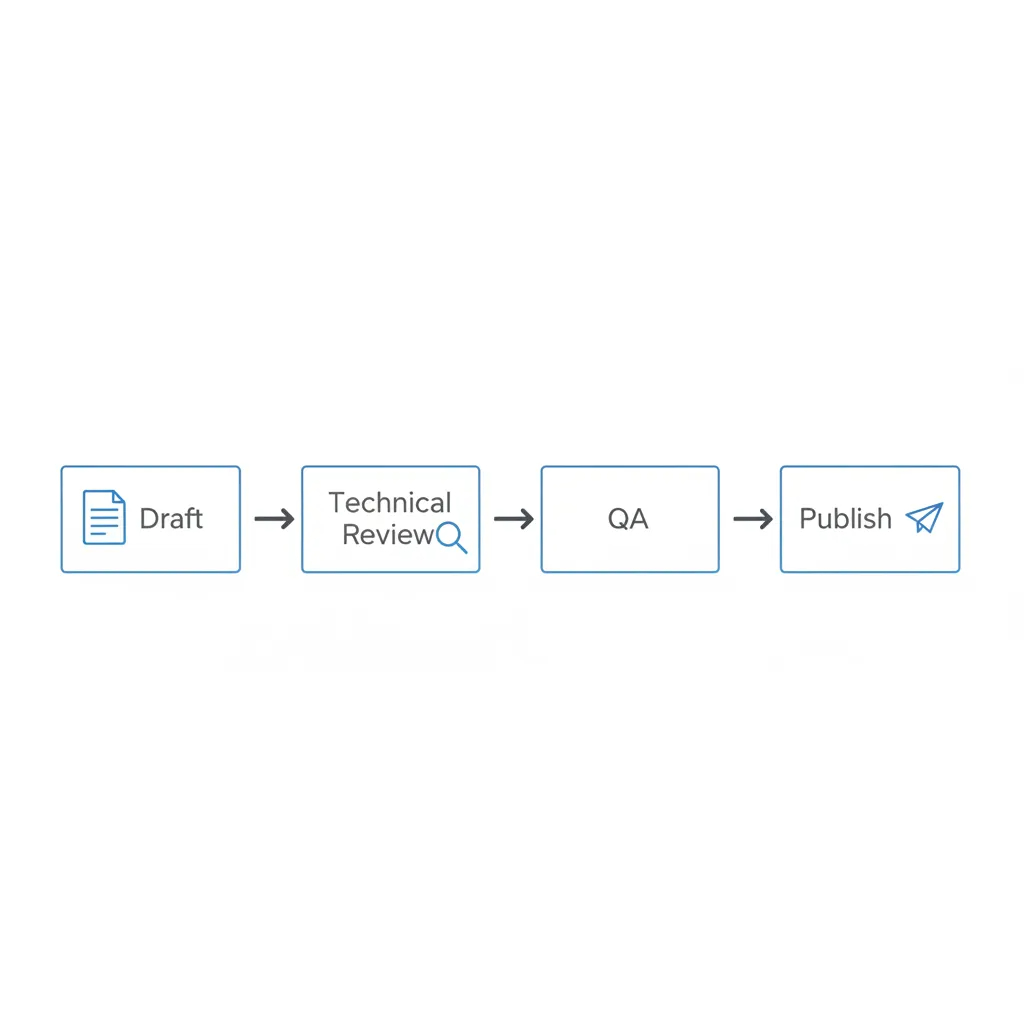Editorial Policy

Our editorial process emphasizes experience, expertise, and transparency. Every guide and case study follows a consistent review path, with clear ownership and versioned updates.
- Named authors with credentials and practice history.
- Peer review on technical claims and workflows.
- Versioned updates and changelog for critical guides.
Review Workflow (What We Check)
- Draft: author assembles scope, sources, and example assets.
- Technical Review: subject-matter reviewer validates methods, prompts, limitations.
- Quality & Accessibility: grammar, clarity, alt text, safe claims.
- Compliance Pass: confirms disclaimers (e.g., visualization ≠ stamped drawings).
- Publish & Track: canonical URL, JSON-LD, internal links, and changelog entry.
Update Cadence & Versioning
We schedule periodic reviews for core guides and update when tools, presets, or benchmarks change. Significant revisions get a new version line and date stamp.
- Core guides: reviewed quarterly or upon major workflow changes.
- Case studies: corrected as new benchmarks or references are available.
- Release notes: material/lighting preset changes are documented inline.
Corrections & Disclosure Policy
If we discover an error, we correct it promptly and mark the change in the changelog. We disclose when images are generated or edited by AI, and we avoid claims that imply code compliance or permit readiness.
- AI-generated visuals are labeled where relevant.
- Visualization guidance only — not a substitute for licensed professional review.
- We welcome feedback: contact us.
Changelog
- 2025-09-25 — Added workflow details, update cadence, and disclosure policy.
- 2025-09-10 — Initial editorial policy draft and hero image.